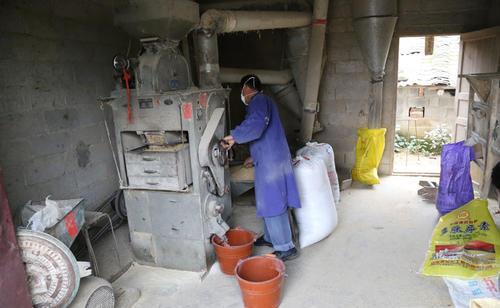







+86 0555-4263188

扫一扫 在线下单
Autumn is a season of harvest, and entering September, the atmosphere of harvest is even stronger.
This year, due to the pandemic, the economy has suffered a severe downturn. After the outbreak of the pandemic, people have increasingly felt the importance of food and cherish it more.
This situation can easily trigger a food crisis, and some predict that there will be a certain increase in the price of grain, especially rice, this year.
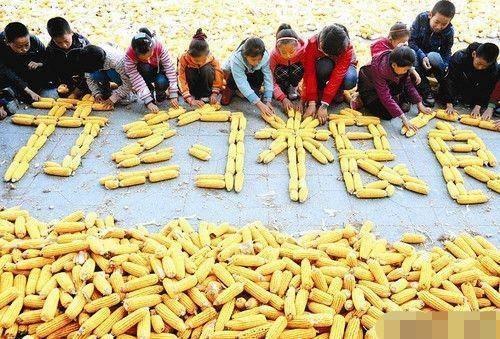
For some high-quality and high-quality rice varieties, the price will definitely increase significantly. In the first few months, the price of rice was 1.3 to 2.5 per kilogram.
Seawater rice, which is resistant to viruses and pests, not only has stronger vitality than ordinary rice, but also combines the advantages of ordinary rice to develop very well, which is loved by many farmers.
Glutinous rice and hybrid rice are also very popular. In memory, glutinous rice has always been priced higher than sticky rice, but the yield of glutinous rice is generally lower than that of ordinary rice.
There is also a type of lazy rice that does not grow in the first year and only has a harvest in the second year, hence it is called lazy rice.
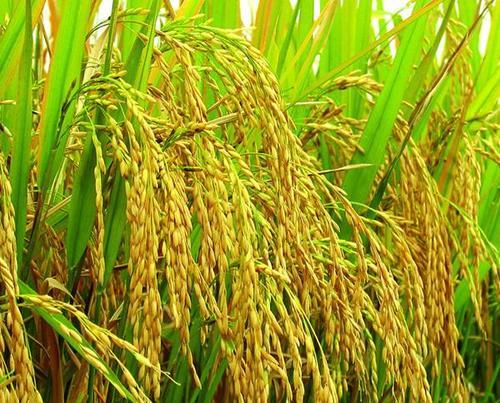
This type of rice has been planted for a long time, but the quality is good and the market price is also very high.
For ordinary rice, the price should not be too low this year.
My hometown is in the south, where only one season of rice is planted each year. It requires planting and transplanting, mostly before and after the Dragon Boat Festival, to the fields. It will mature and be harvested around October.
So now is also the season when rice is becoming increasingly mature, and new rice is about to be harvested, which used to be something worth celebrating and celebrating.
In the past, rice production was not high, and a family could not eat enough to grow a few fields. Often, by May or June, there was no rice to eat, so they had to spend a high price to buy rice. However, farmers had no money, so they could only buy some rice and eat it mixed with corn flour.
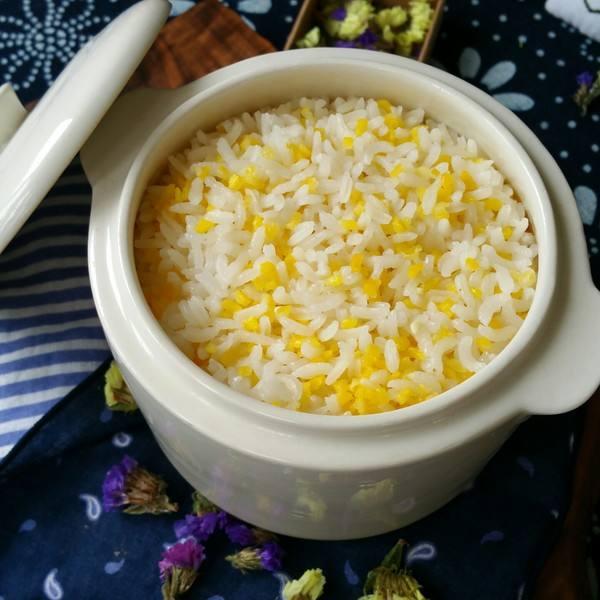
So receiving new rice means there is no need to buy more rice and you can still eat fresh rice, which is indeed a gratifying thing.
Rice that has not been shelled is called rice, and after shelling, it is called rice.
There is a saying in rural areas that goes well about rice and rice, which is also regarded as an empirical saying. Below, let's briefly interpret this agricultural custom and share relevant experiences with everyone!
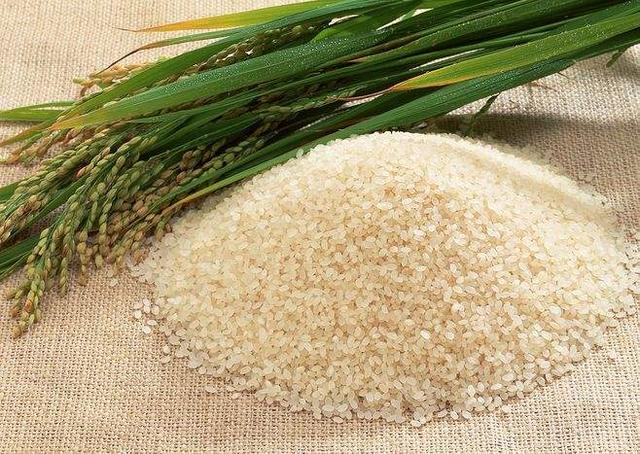
Suning grains but not rice, sun drying rice cannot afford losses
In my hometown, when I used to harvest rice, I used to cut it and sun it in the rice field for one or two days before turning it into rice. In the past, it was manual labor, where people held rice ears and slammed them onto stones or wooden tables, using manual labor to separate the rice from the ears.
Harvesting rice used to be quite difficult. Getting all the rice back made both arms sore.
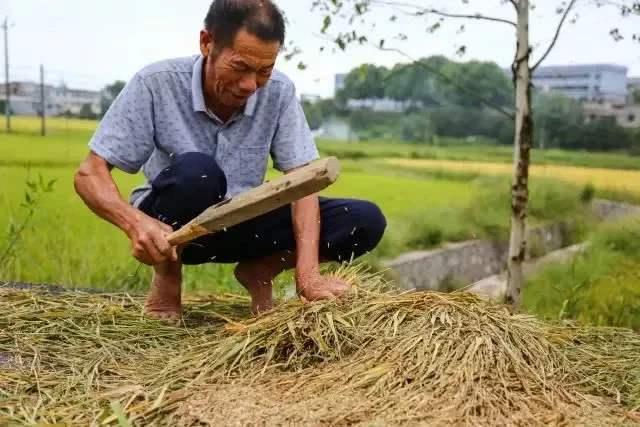
The reason why it needs to be sun dried for one or two days is that the collected rice is relatively dry, not easy to rot and mold, and the straw will also be dry, making it easier to store.
But gradually, farmers realized that sun drying for one or two days was a bit risky. Many birds would take the opportunity to peck at the fallen rice, which could easily fall into the fields and cause huge losses.
Moreover, due to unpredictable weather conditions, sometimes encountering severe weather conditions such as heavy rain or hail while harvesting in the fields can also cause crop losses for farmers, who are also worried.
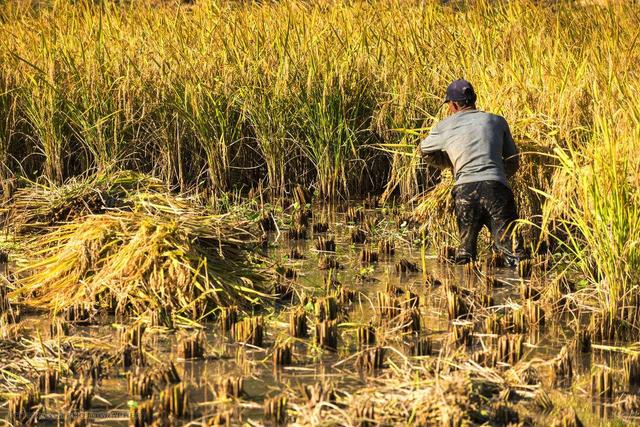
So now in my hometown, we harvest rice in the morning and beat it in the afternoon. Our family has bought a rice threshing machine, and people are not as tired as before, and the efficiency is much higher.
But because the drying time is short, the collected rice is still very fresh, and it is easy to rot and mold if not careful.
Sundrying rice is still a mandatory task, but now farmers choose to air it at home instead of sun drying rice ears and straw together in the fields.
When farmers have time and the sun is good, they will carry out the rice at home, place plastic sheets underneath, and spread the rice on top to sun dry.
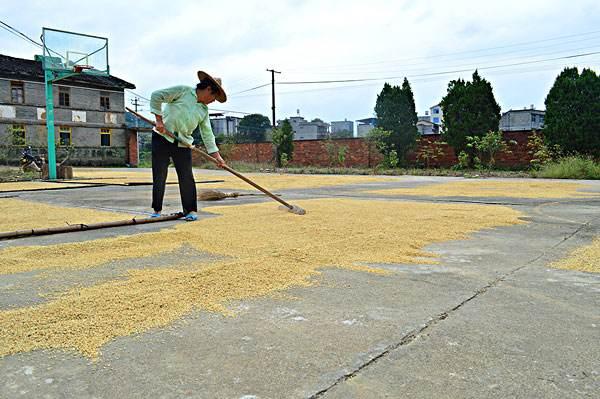
Rice needs to be sun dried for four to five days to be considered truly sun dried, and it also requires constant exposure to high sunlight.
The dried rice is thoroughly stored in the pocket, without the need for further drying. Just take it out and beat it into rice when you need to eat it.
So from the end of September to October, almost every courtyard in rural areas is drying rice. It's not that farmers are showing off their harvest, but rather that drying grain is indeed a very necessary thing.
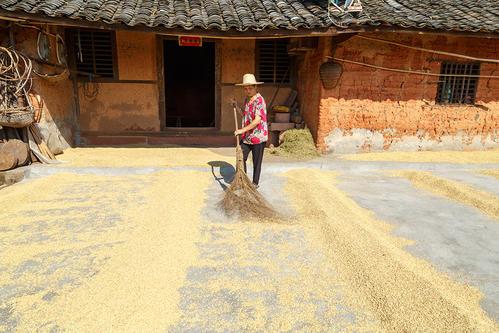
In the past, when handing over public grain, village officials would urge people to hand it over in a timely manner. The amount of grain handed over depends on the degree of sun drying. If it is not sun dried, it will not be collected.
The standard for judging whether rice is sun dried is to take a few sun dried rice grains and bite them in your mouth. If they are very hard and have a crisp sound, then it is fine. Otherwise, you need to continue sun drying before delivery.
There is no need to pay public grain now, but farmers still have the habit of drying rice for storage convenience and safety.
Sundrying rice is common knowledge, but in rural areas, there are only a few, or even almost none, why?

There is a layer of rice husk outside the rice, which is thick and hard, wrapping the rice grains inside. When drying the rice, the husk dries, but the rice grains inside are well protected.
To put it simply, the rice husks are used for drying rice, and the moisture content of the husks decreases throughout the process. The husks are also prone to decay, and the rice grains inside still have a certain moisture content.
Moreover, sunlight has strong ultraviolet rays, which can kill bacteria, ensure the safety of rice, and at the same time, do not cause harm to the nutrients in the rice grains.
So sun drying rice is reasonable, but directly sun drying rice is not feasible.
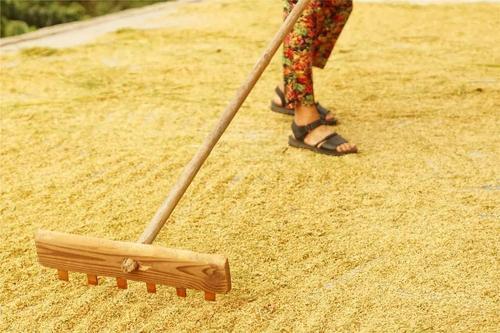
Directly exposing rice to sunlight not only reduces its nutritional content and damages its tissue structure, but also affects the aroma and taste of the rice itself.
It is also easy for the rice grains to lose any protection, and after the water completely disappears, cracks appear like smashed glass, and then break into several pieces, turning the rice into broken pieces.
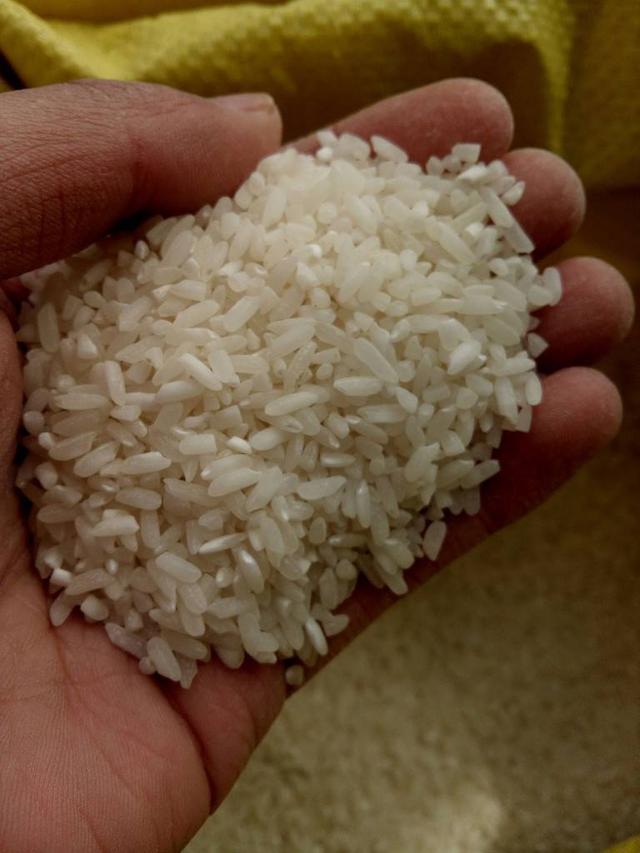
Broken rice comes in small quantities, which is why there is a saying that "if you don't sun dry the grain, you won't be able to afford to sun dry the rice.".
Under what circumstances do farmers sun dry rice?
Most of the time, when the rice is beaten too much and left for too long, insects grow. However, farmers are reluctant to throw away these moldy and insect infested rice, so they put it in the sun and wait for the insects to crawl out before eating it again.
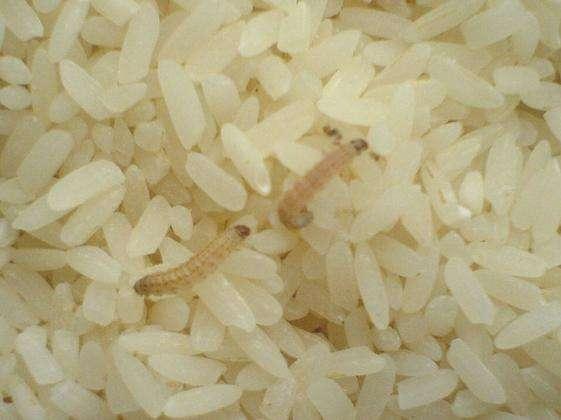
But the sun dried rice is very broken, the rice grains are not full, and the cooked rice loses its aroma and taste, and its viscosity. Most of them can only be thrown away or sold at a low price in the market.
The correct approach is to take the moldy and insect infested rice to a cool place to dry, and avoid directly drying it.
This agricultural custom also serves as a warning to people that when beating rice in small quantities, it is better to store the rice. It can be stored for several years without any problems, but the rice will become moldy and infested with insects within a few months.
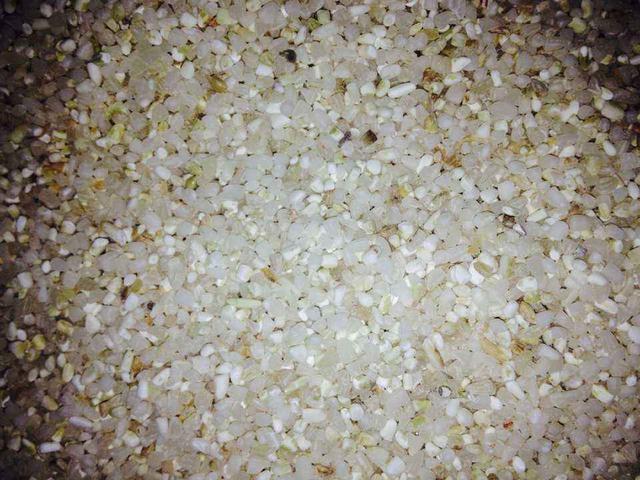
Or if it has already been made into rice, it needs to be eaten in a timely manner, otherwise it will spoil and waste.
In the past, rural areas were remote, with different roads and few machines. To eat, one had to carry a large bag of rice and walk for over an hour to get rice in the town.
Some even go further, so it's very difficult. Some people who have carriages will use carriages to pull a lot of rice back at once to avoid trouble, but this can easily cause the rice to mold and spoil.
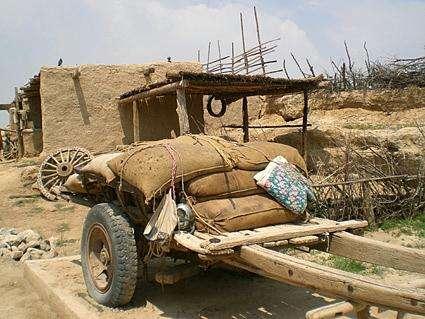
Nowadays, it's better. Most cement roads in rural areas have been repaired, and people can ride motorcycles and tricycles to pull and fetch rice. Many farmers have already bought rice threshers at home, which can be used less at once. After about a month, the rice is less likely to break.
Although this agricultural custom may not be very practical today, it still reminds people to cherish food and avoid waste.
So what other similar agricultural customs and experiences have you heard of? Let's talk about it together!
